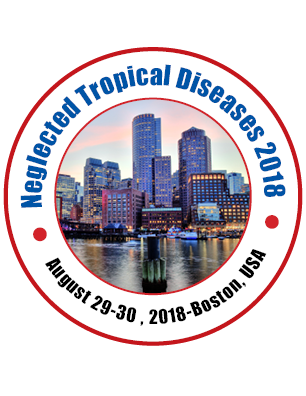Simon Raymond
Melbourne University, Australia
Title: Site attachment inhibition therapeutics: Progress update
Biography
Biography: Simon Raymond
Abstract
The current researcher has in previous conferences and publications detailed the conceptualization and development of the new, or third, branch of antimicrobial therapeutics, namely site attachment inhibition which involves negation of cellular attachment by infective agents. This based on the issues with metaphorical superbugs, development of antimicrobial resistance, and the general lack of success currently with respect to the previous two branches which focused on (1) replication of infective agent and, (2) immune system enhancement. This talk explains that site attachment inhibition is intended to consist of both treatment of established infection but also new generation immunization programs. The likely success of new generation immunization programs, based on prenatal stem cell therapy is intended to involve gene mutagenesis or knockout. This preventative (or, immunization) therapy intended to be spanning right back to spermatogenesis and oogenesis. The validation for likely success includes the innate resistance or immunity achieved by inherited genetic mutations, including CCR5-Δ32 against HIV. One major issue is a differentiation between association and causation. Even the known CCR5-Δ32 mutation has not been completely confirmed as direct/causative of the inhibition of attachment observed in research analyses. New content presented in this talk will involve methods around the above issues to do with association and causation. These methods include the use of CRISPR technology in order to analyze properly the genes (and, methods) utilized by those with innate resistance (immunity) in order to determine the proper prenatal genetic therapy, as mentioned above, in new generation immunization programs. Prenatal genetic therapy is becoming increasingly discussed and utilized in medicine and surgery. However, an important issue remains the ethics committee and community consideration in such treatment strategy consideration.

